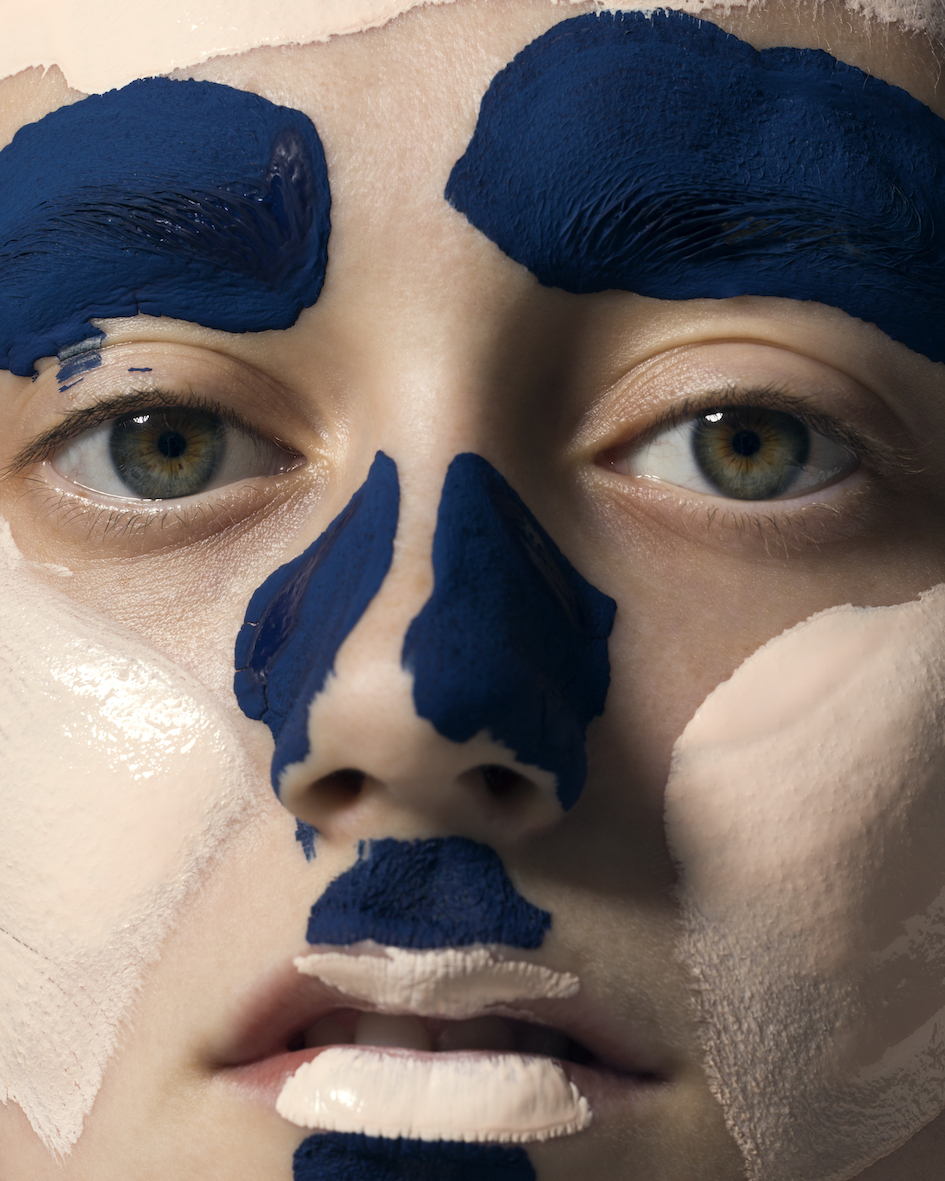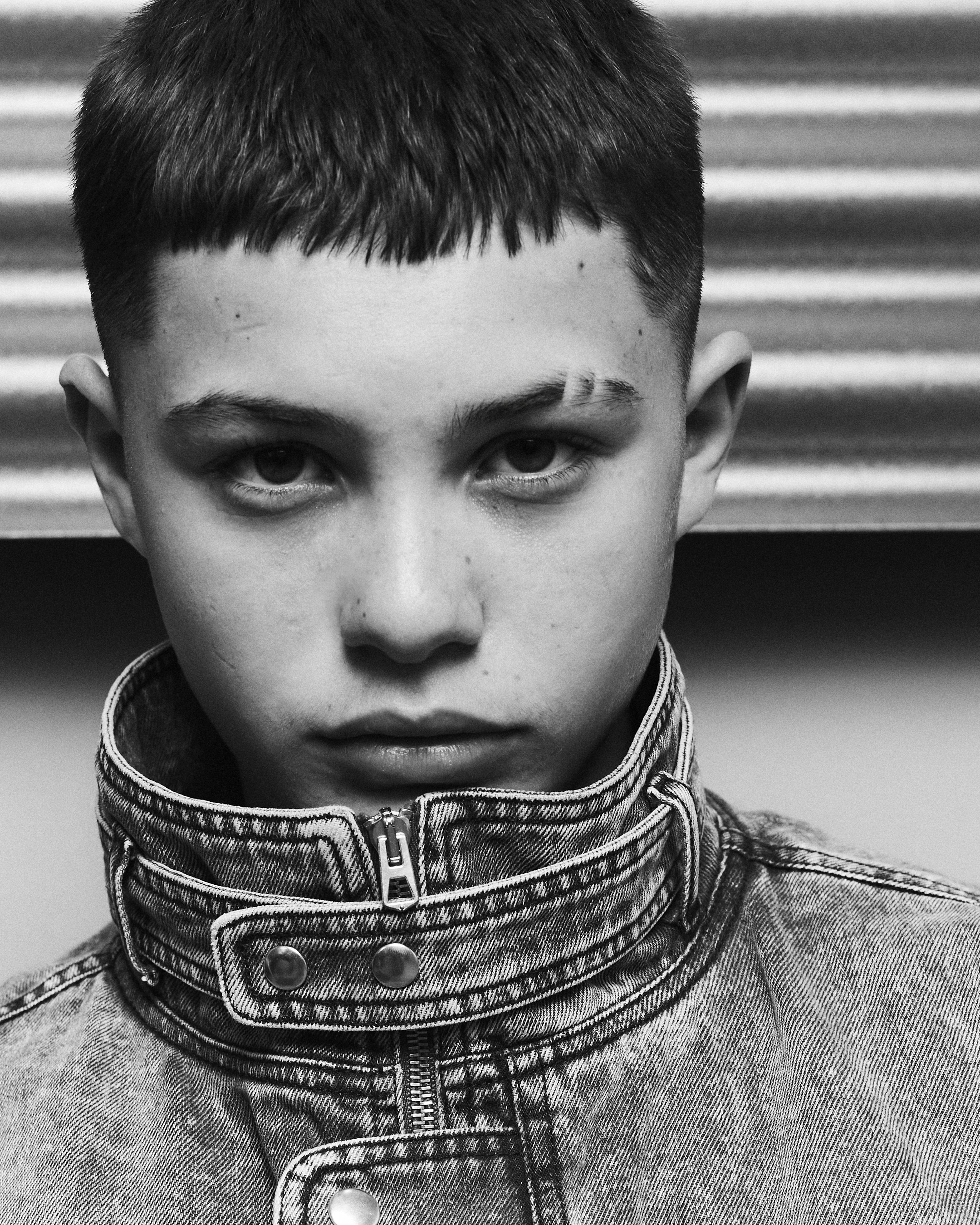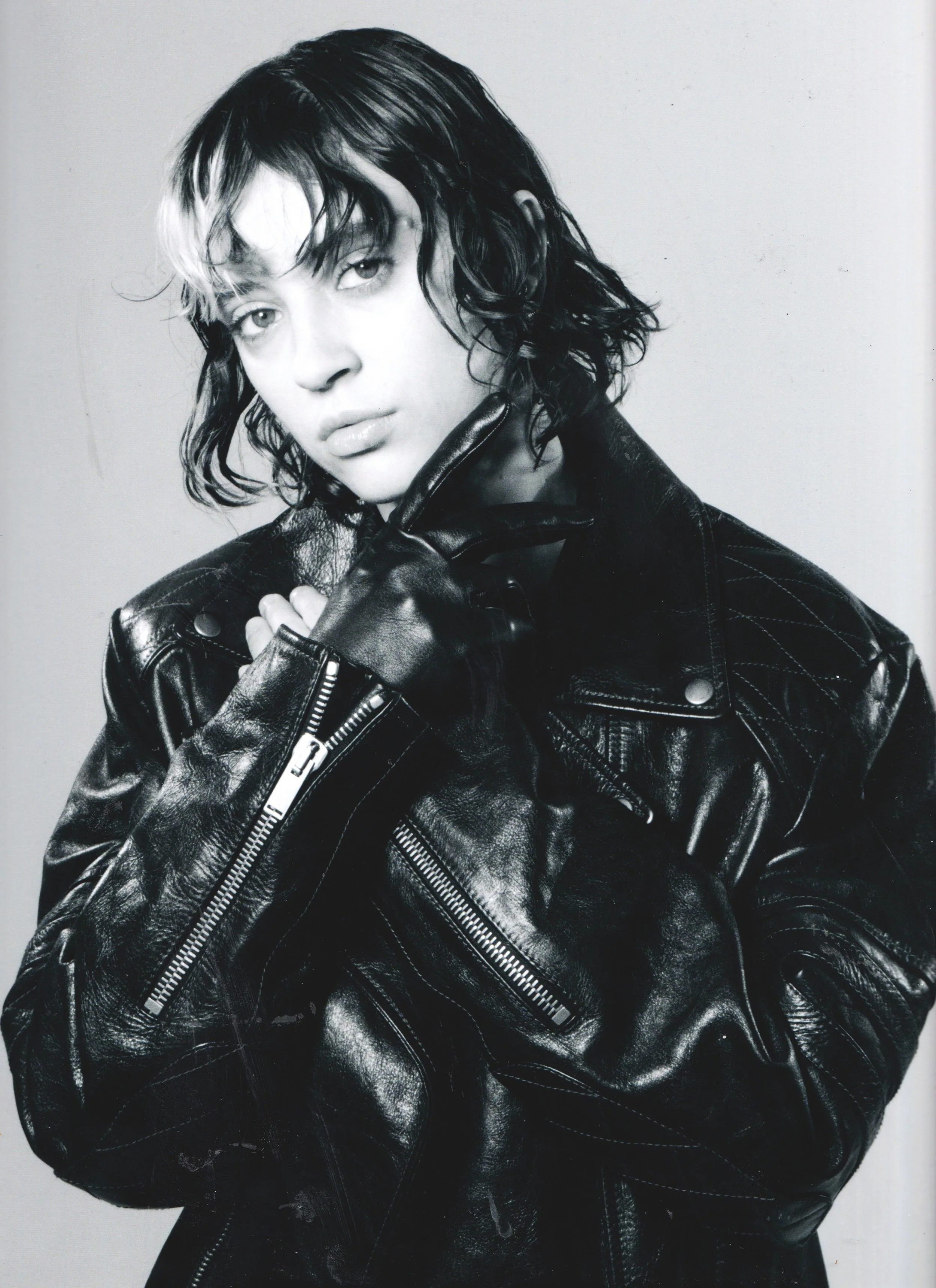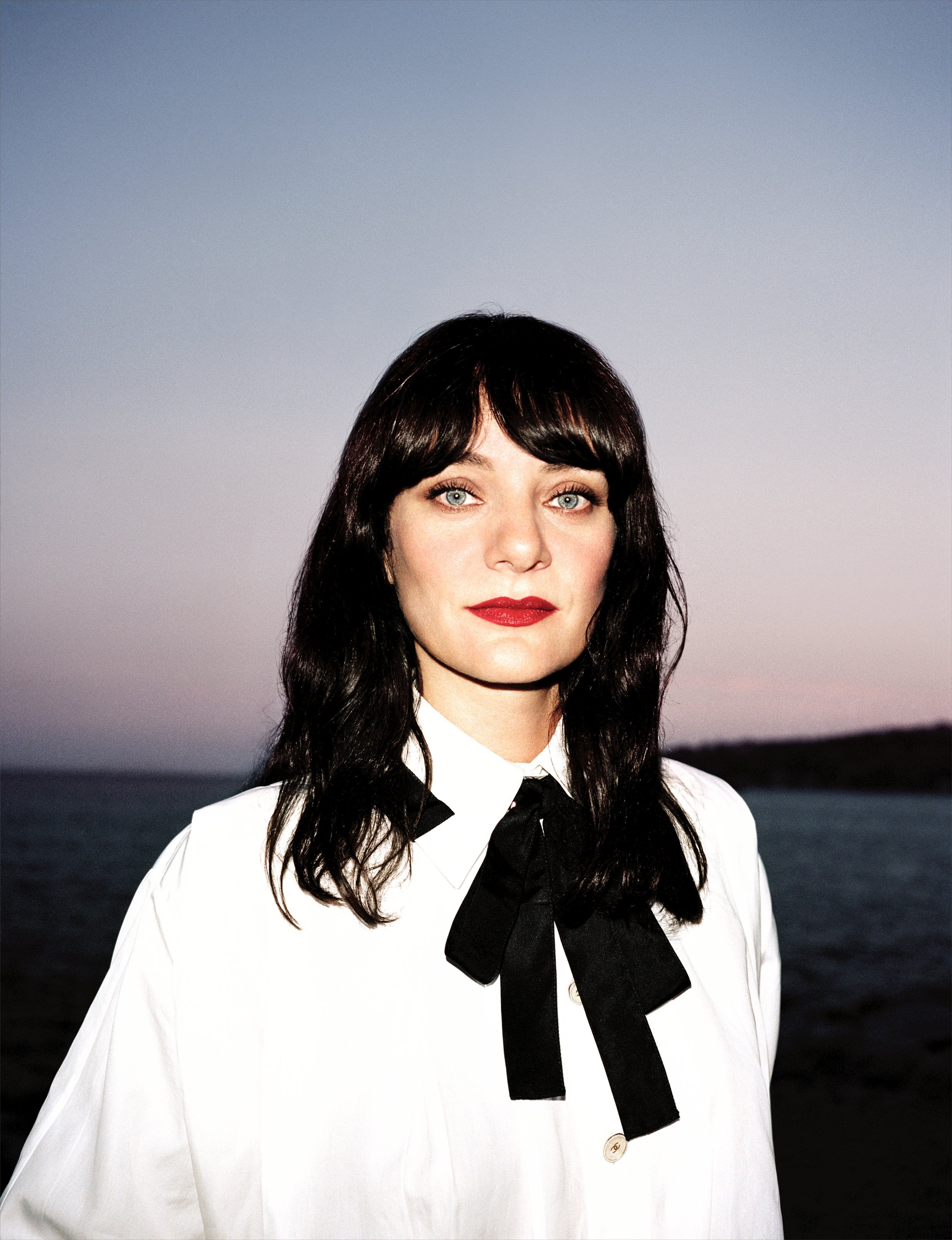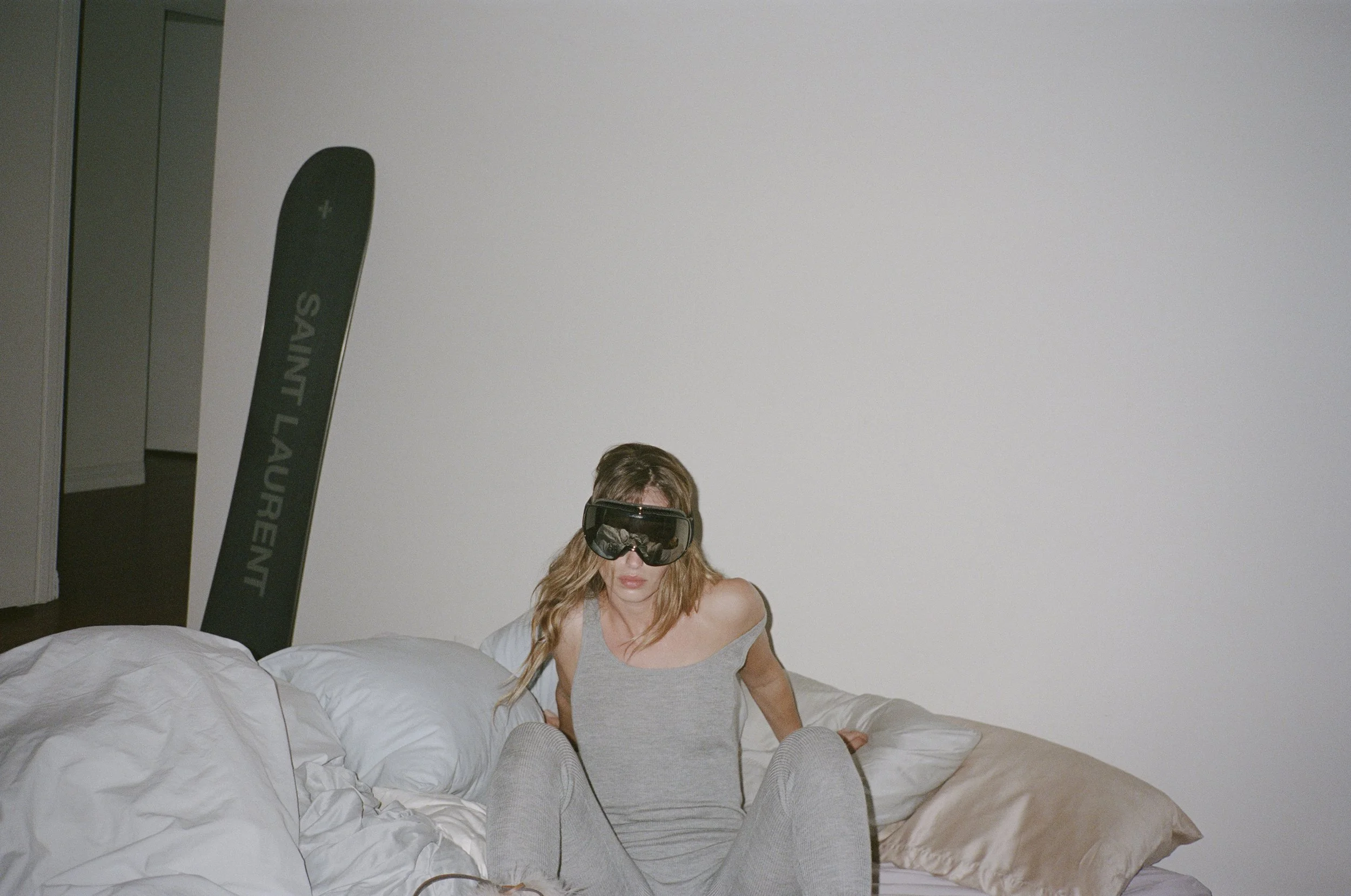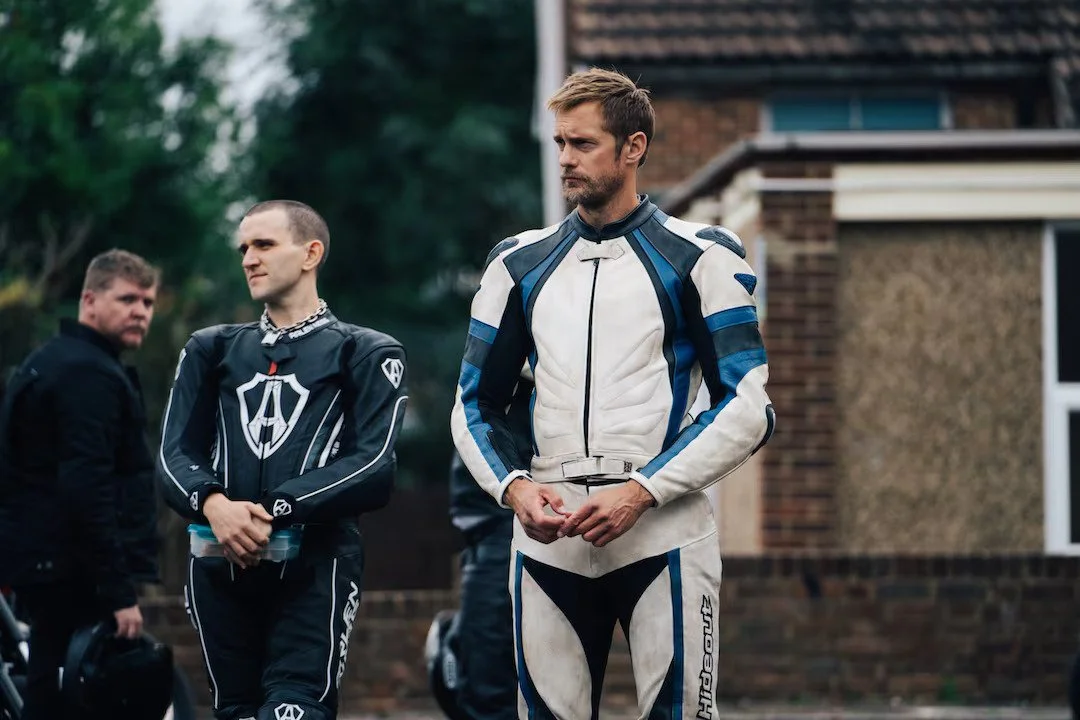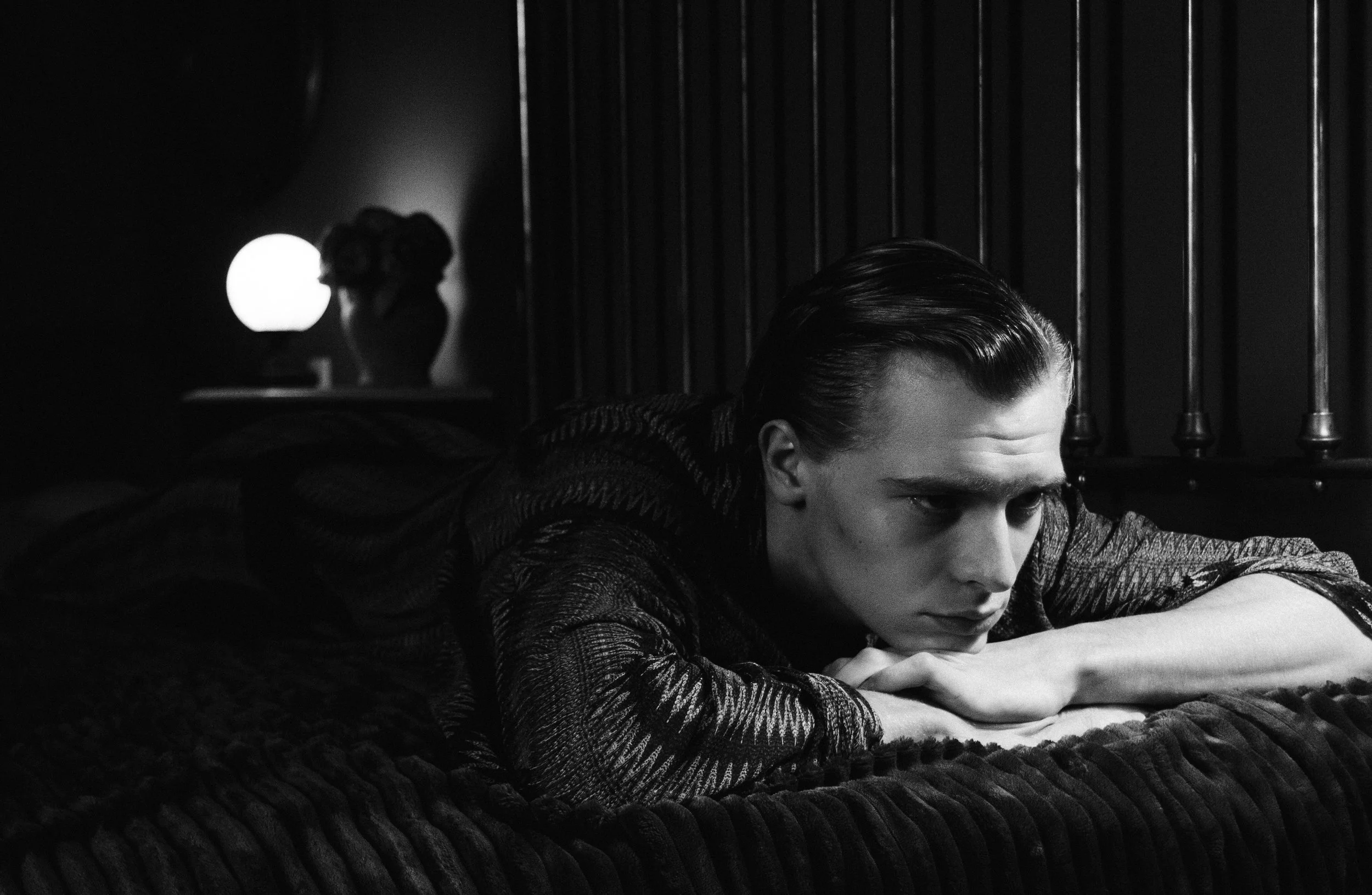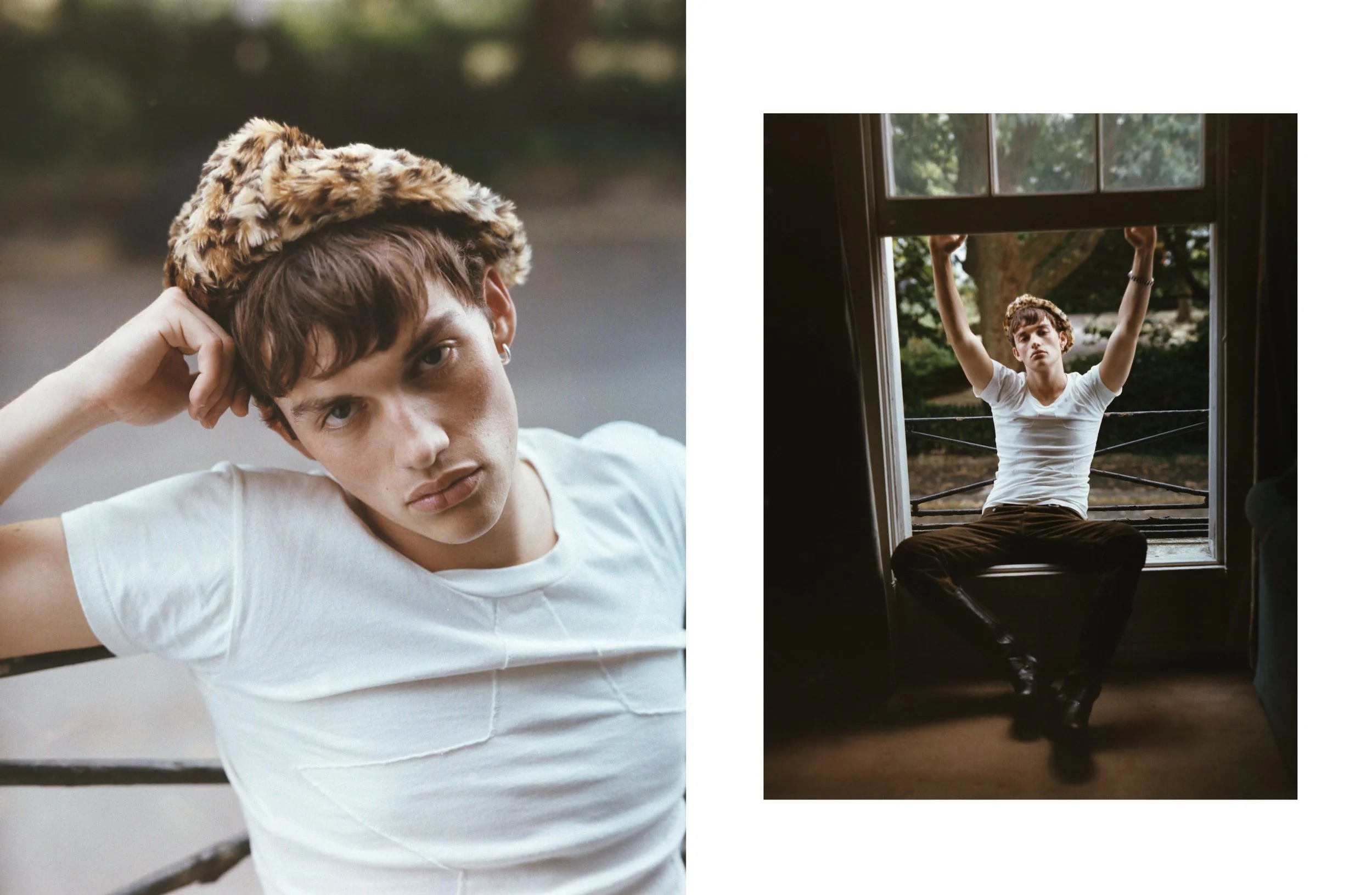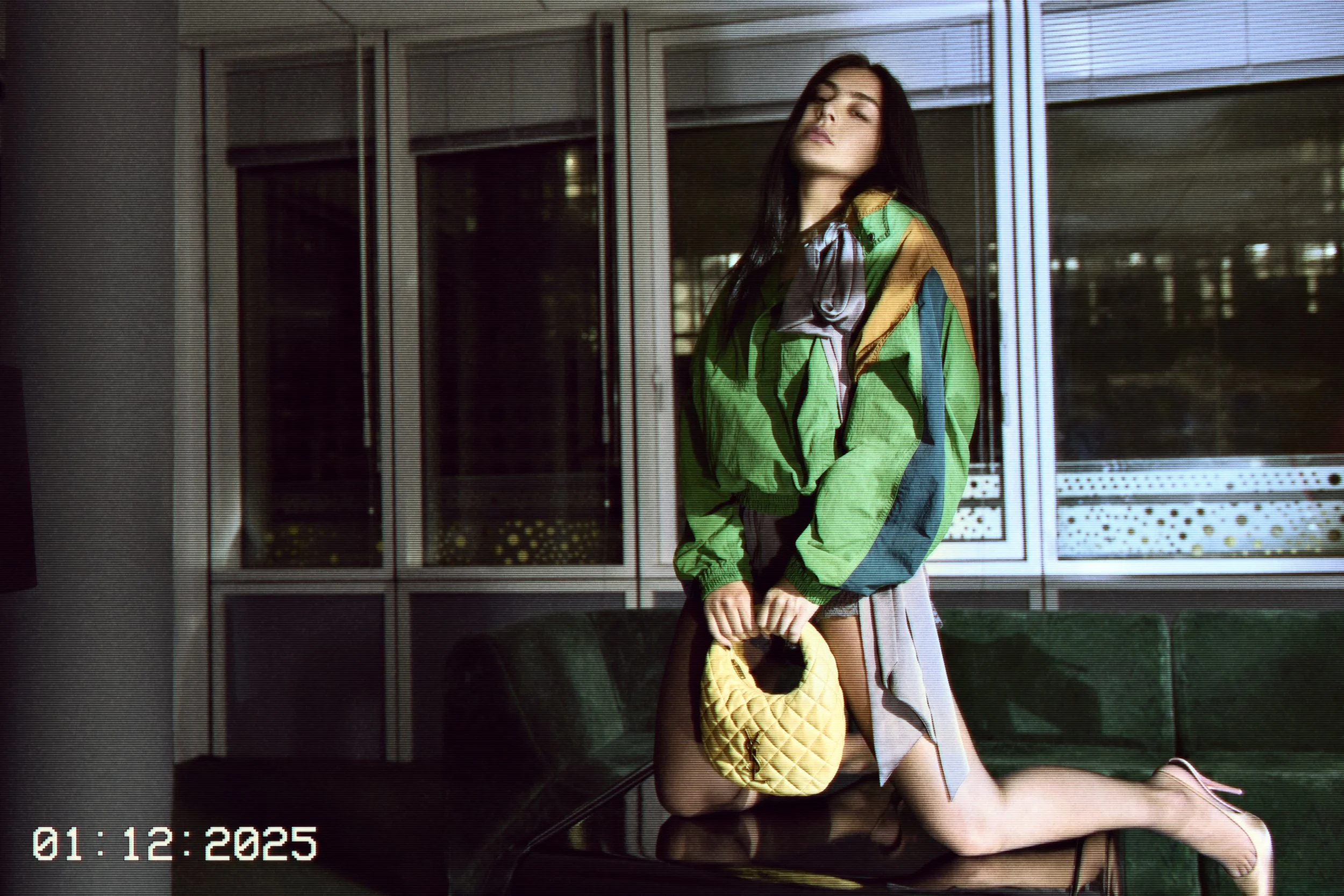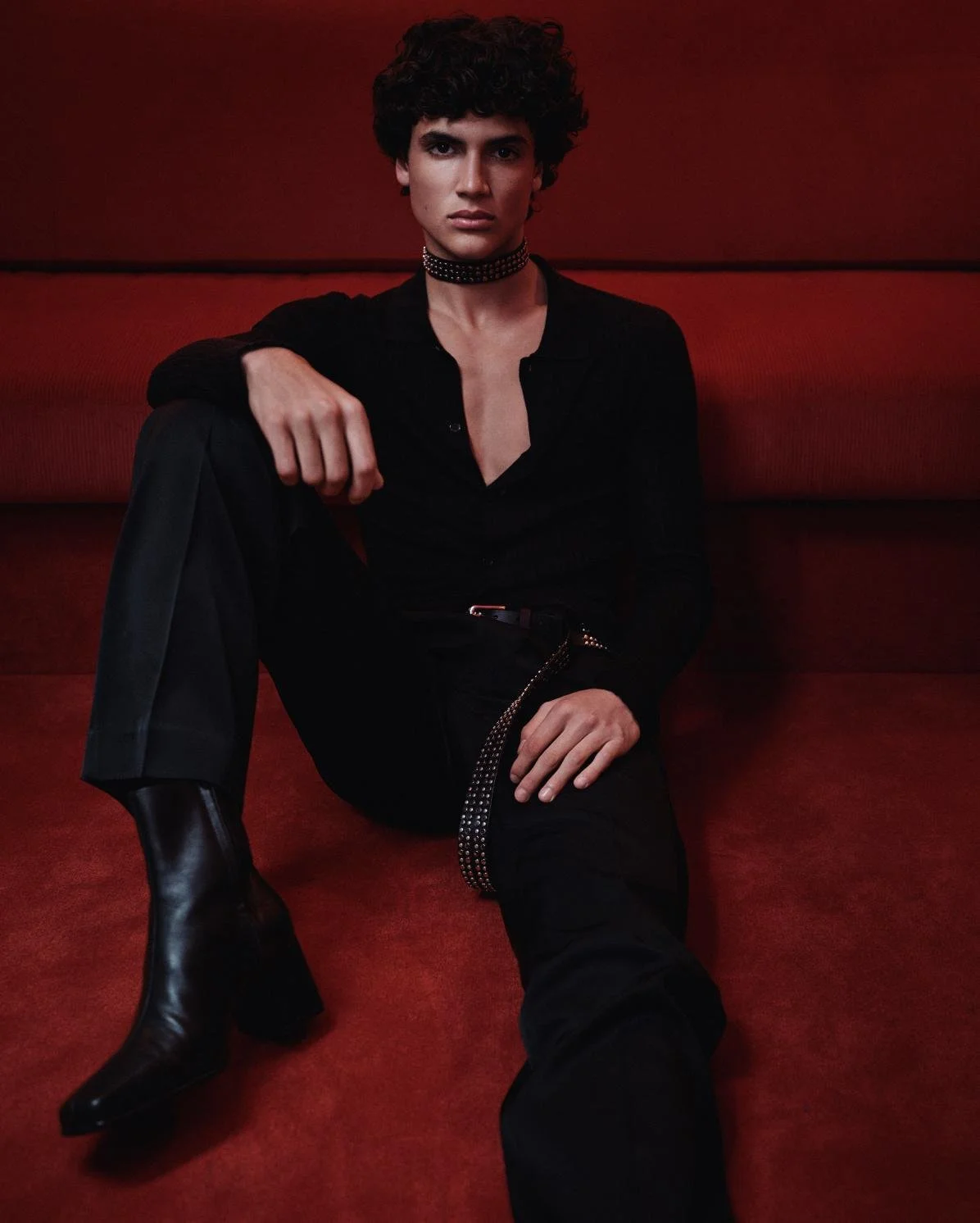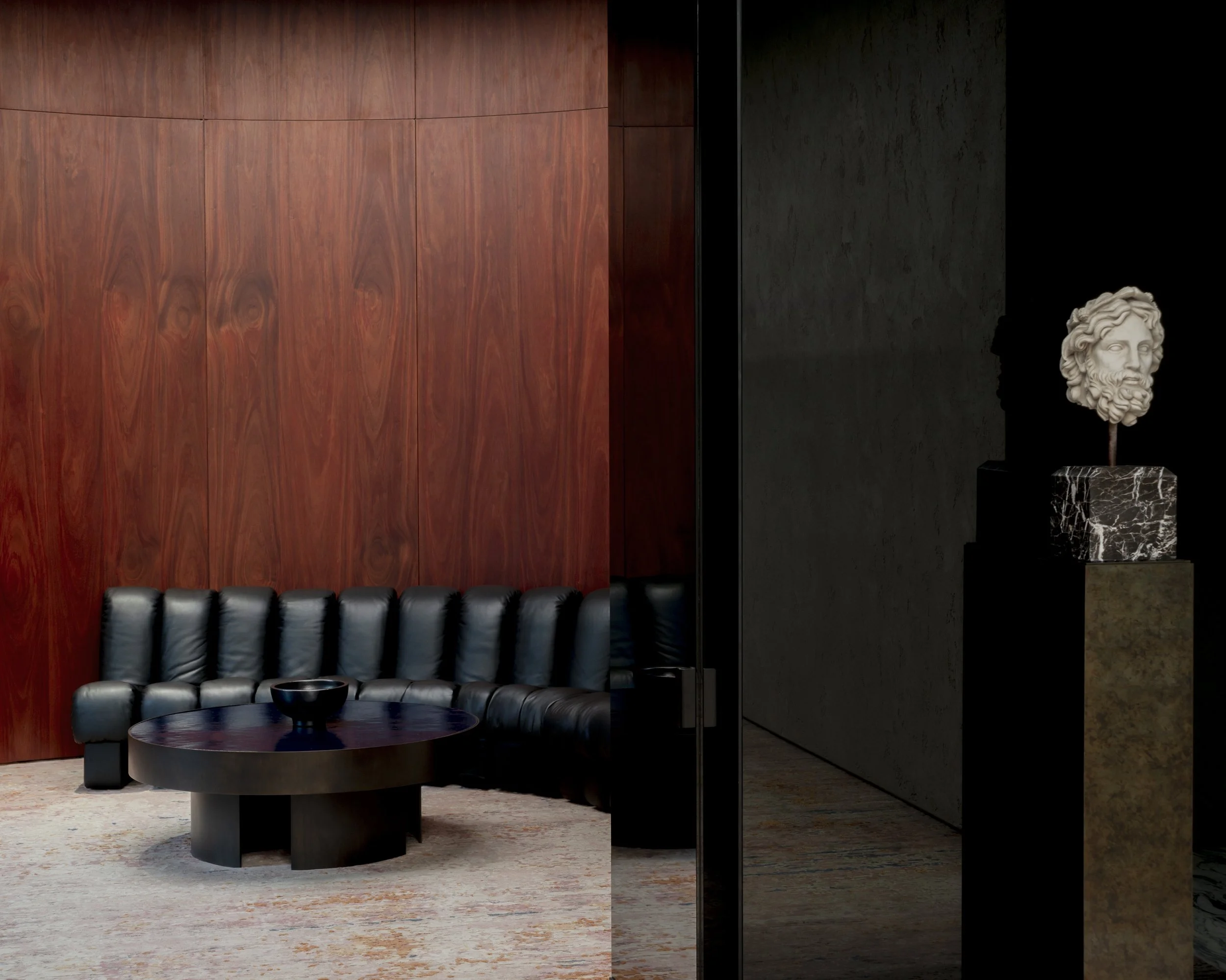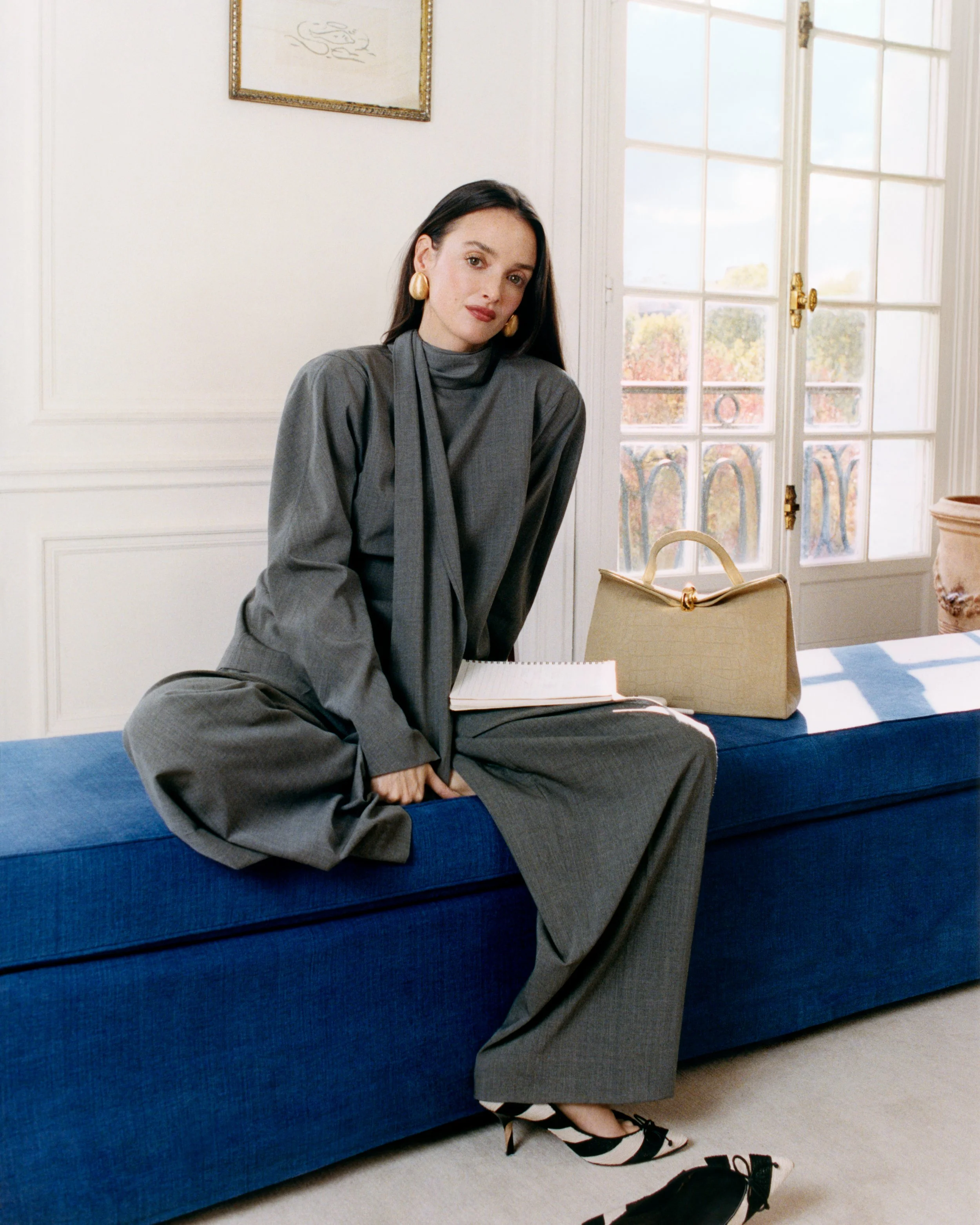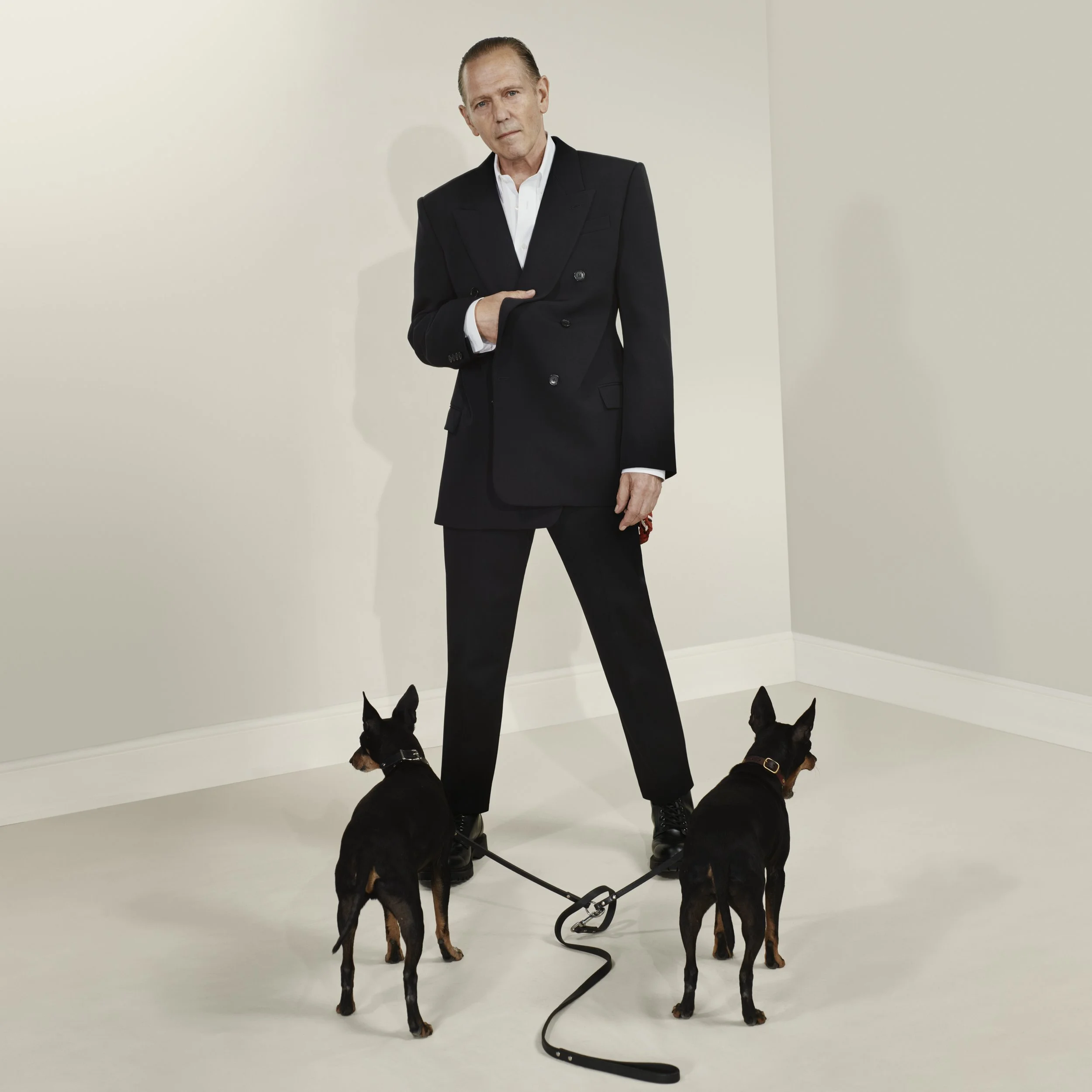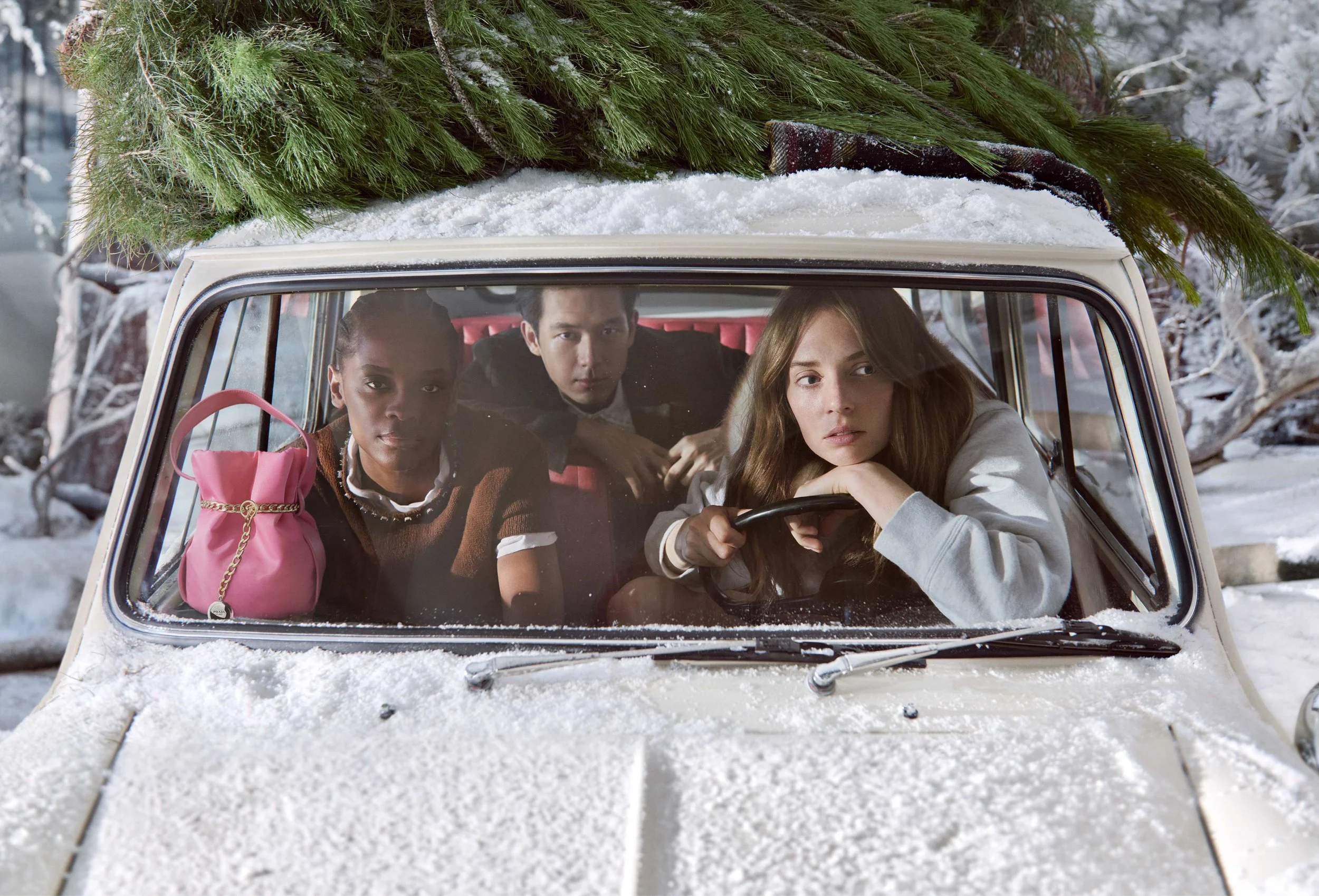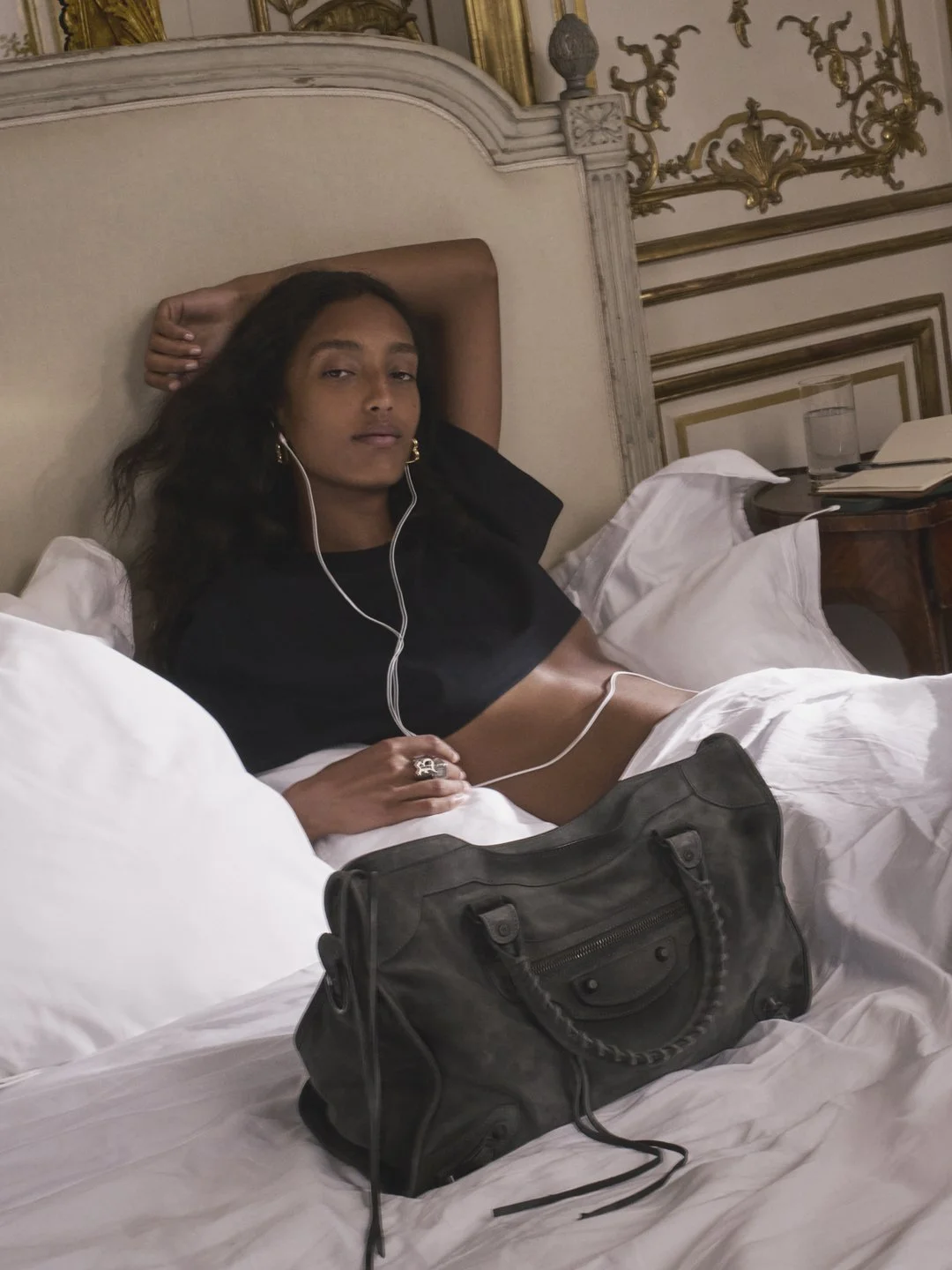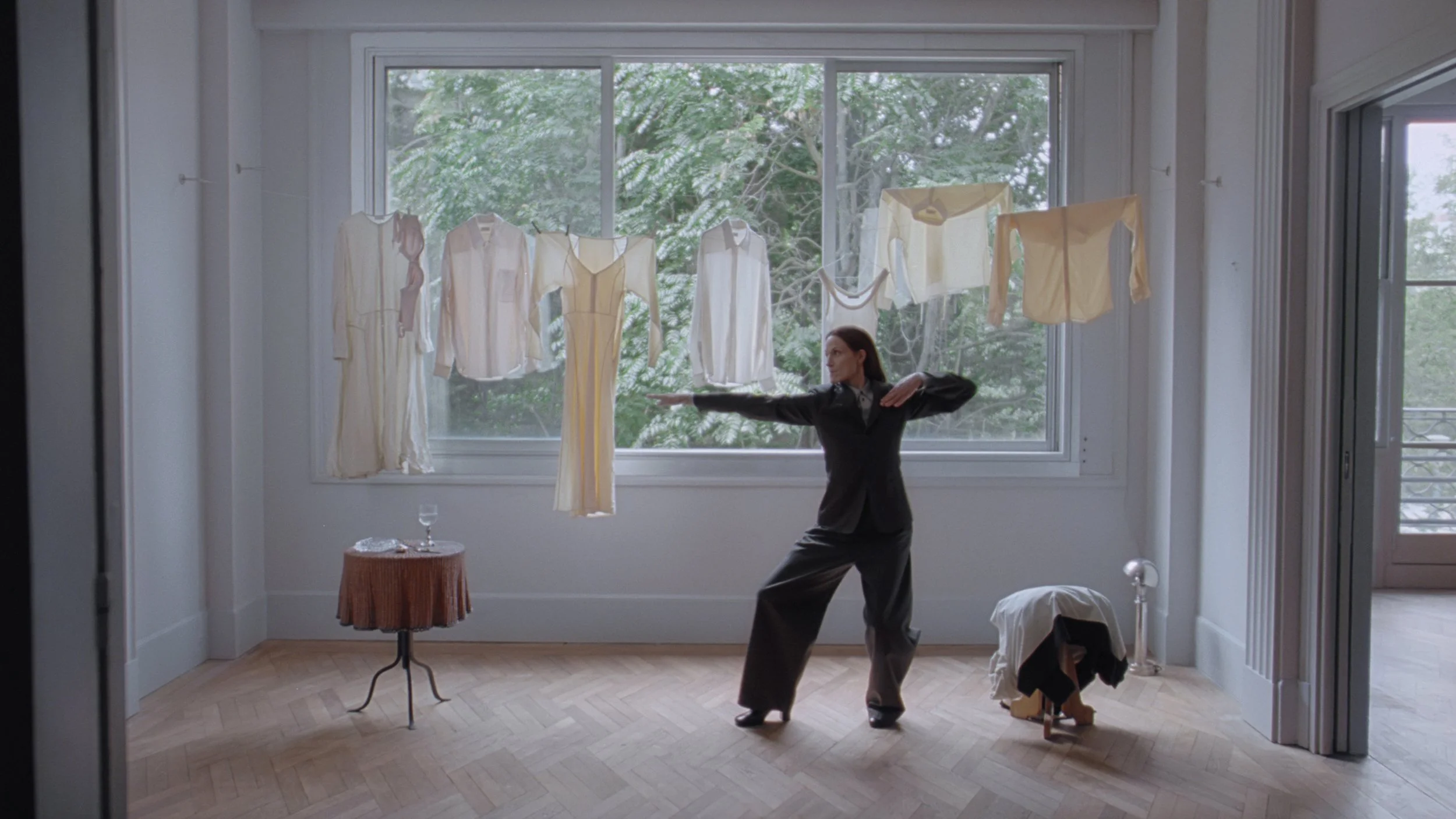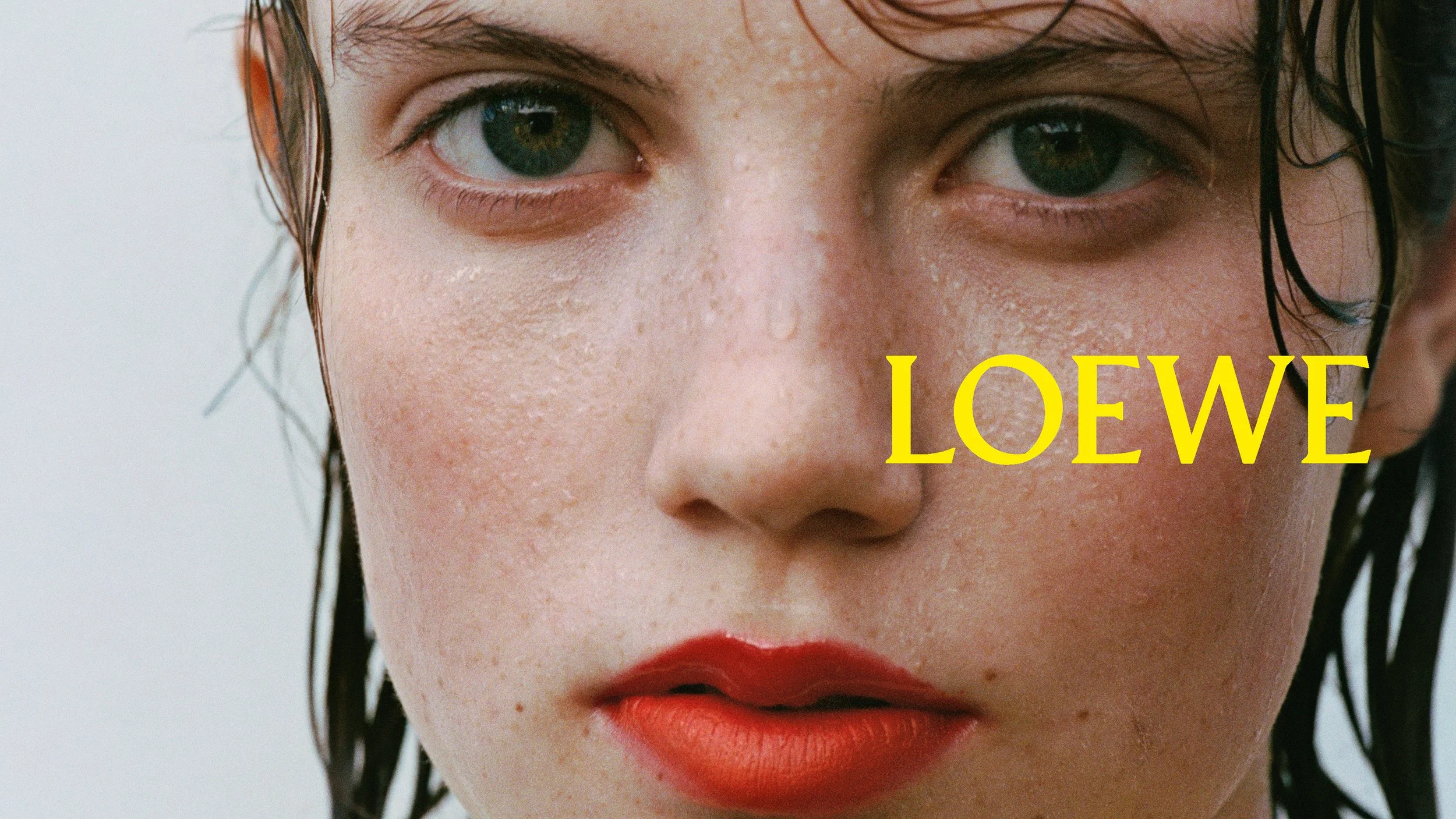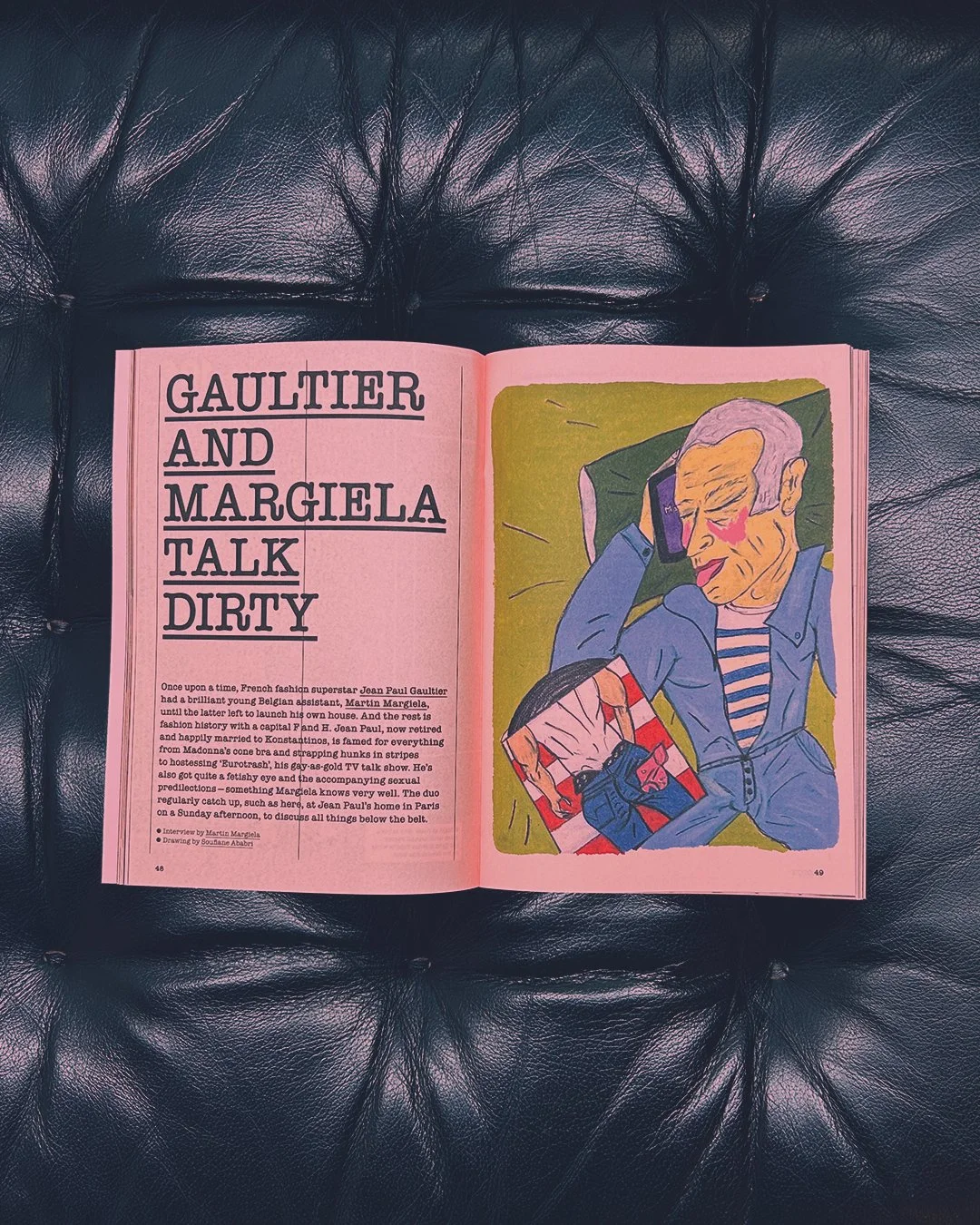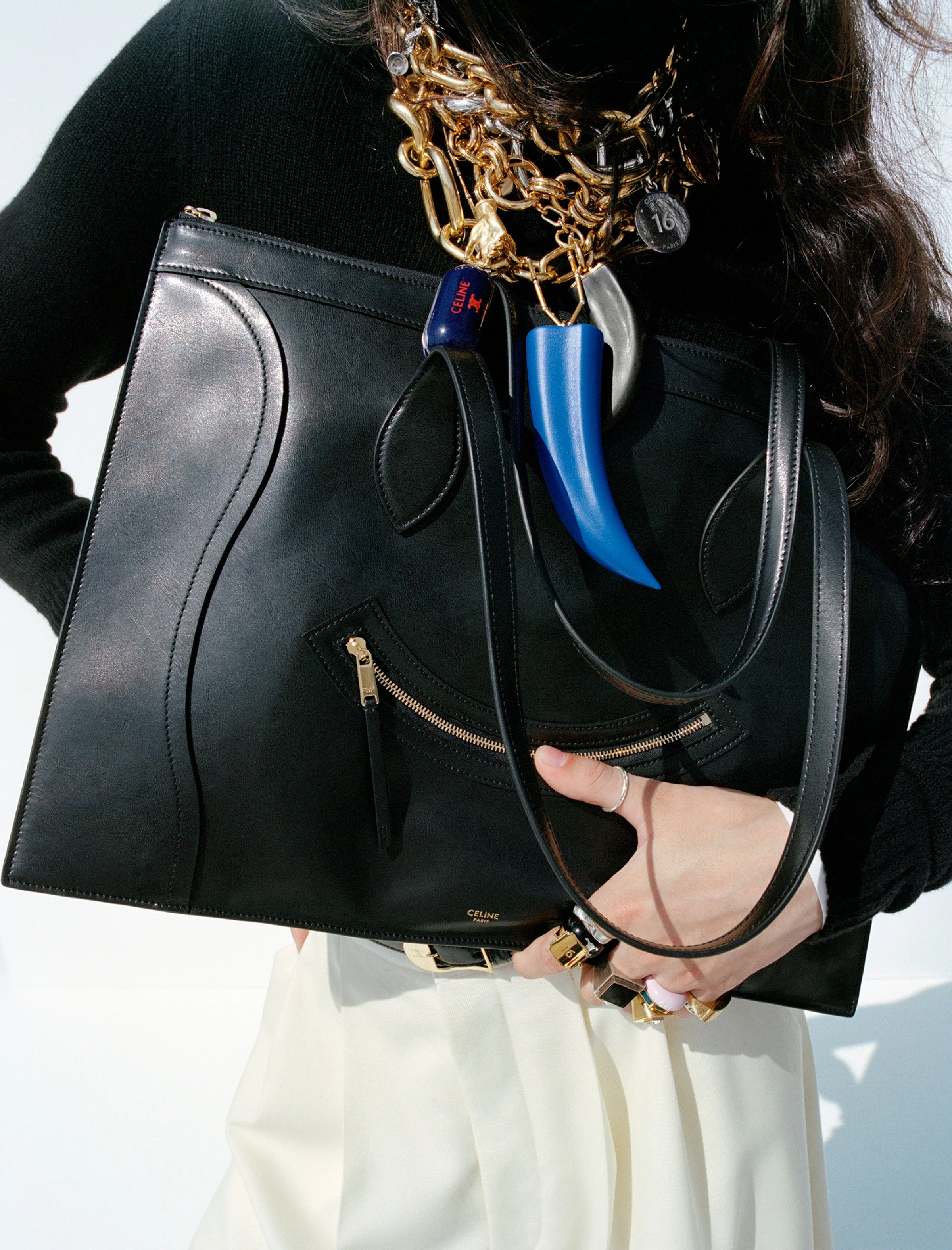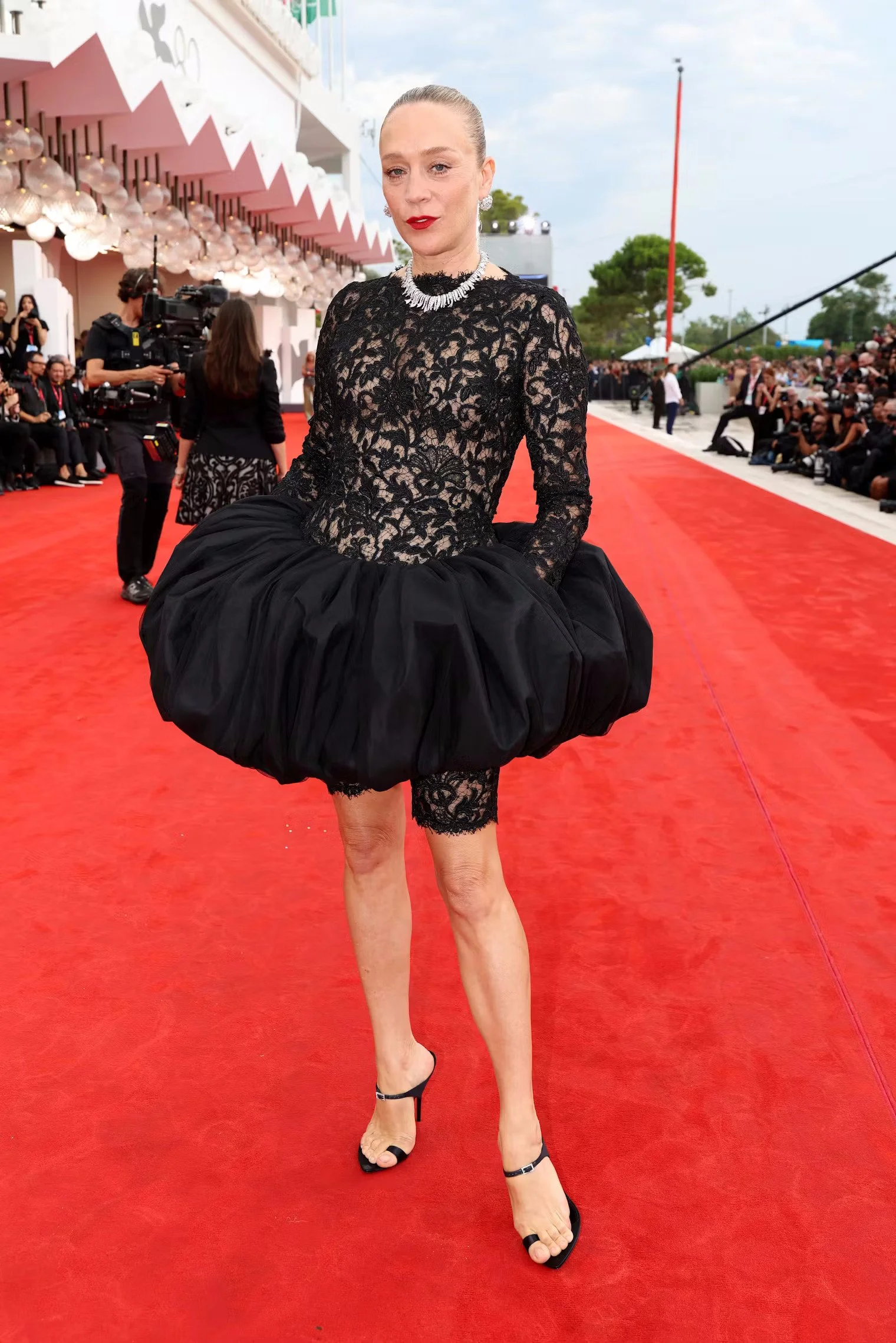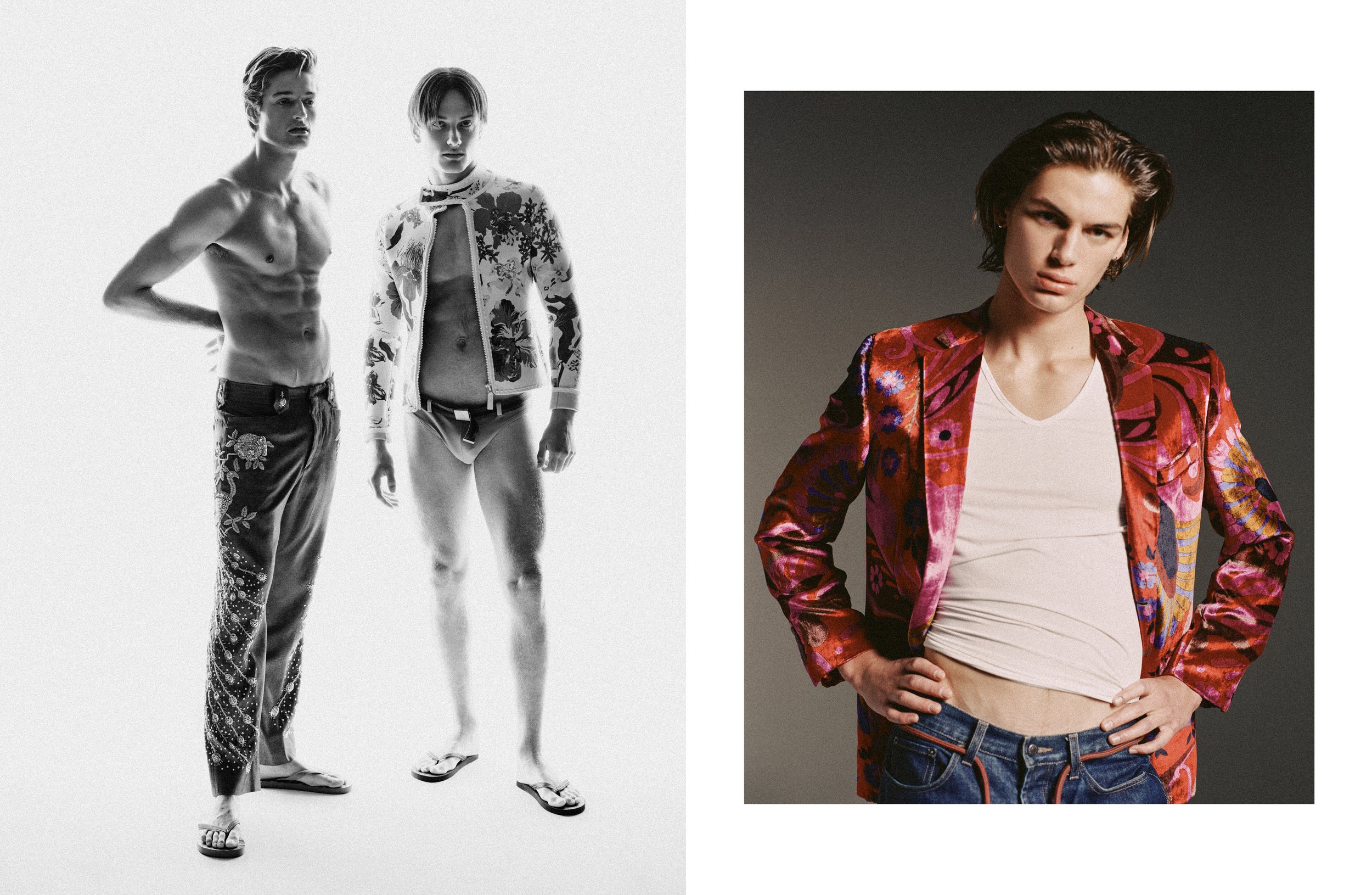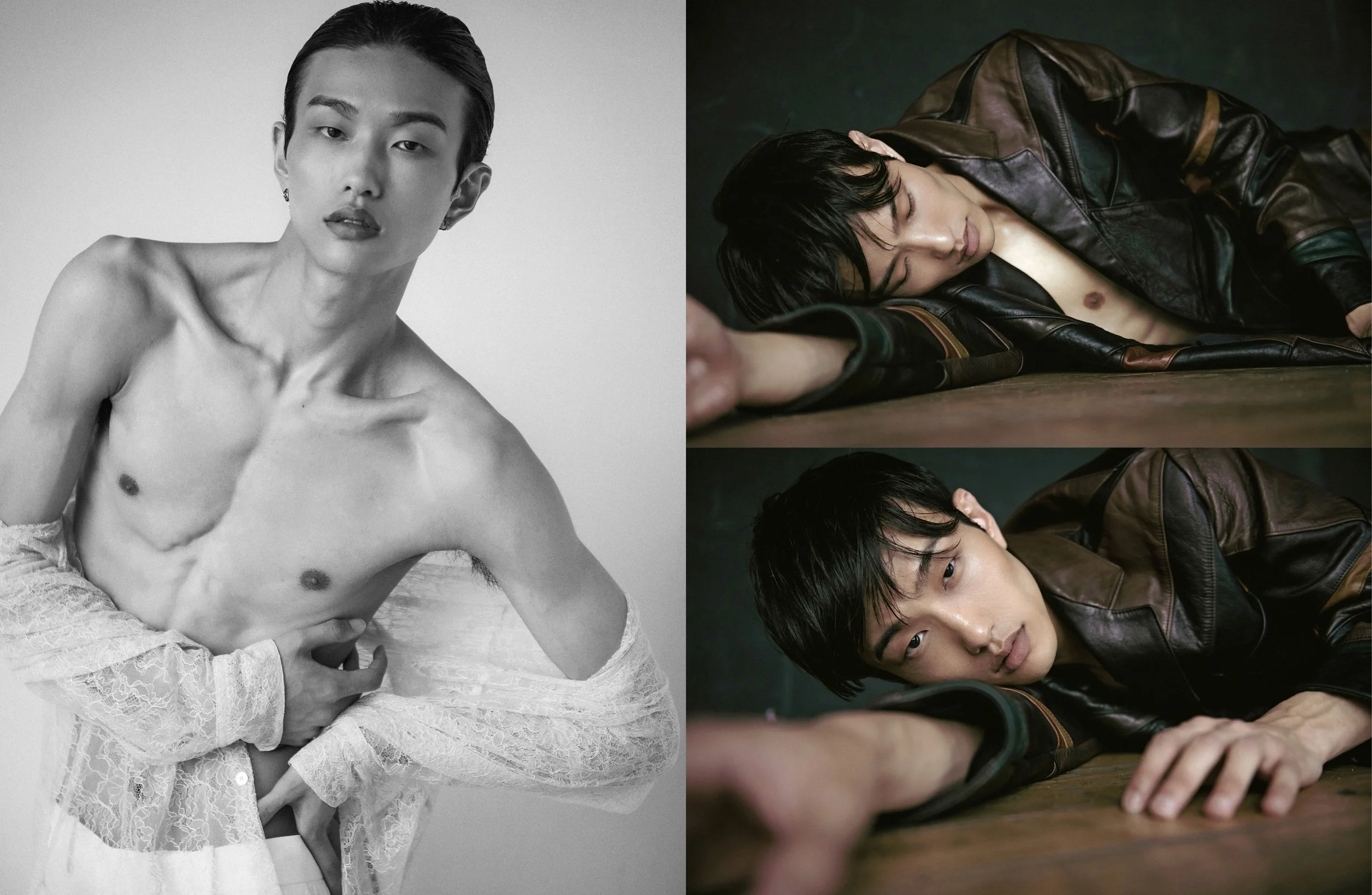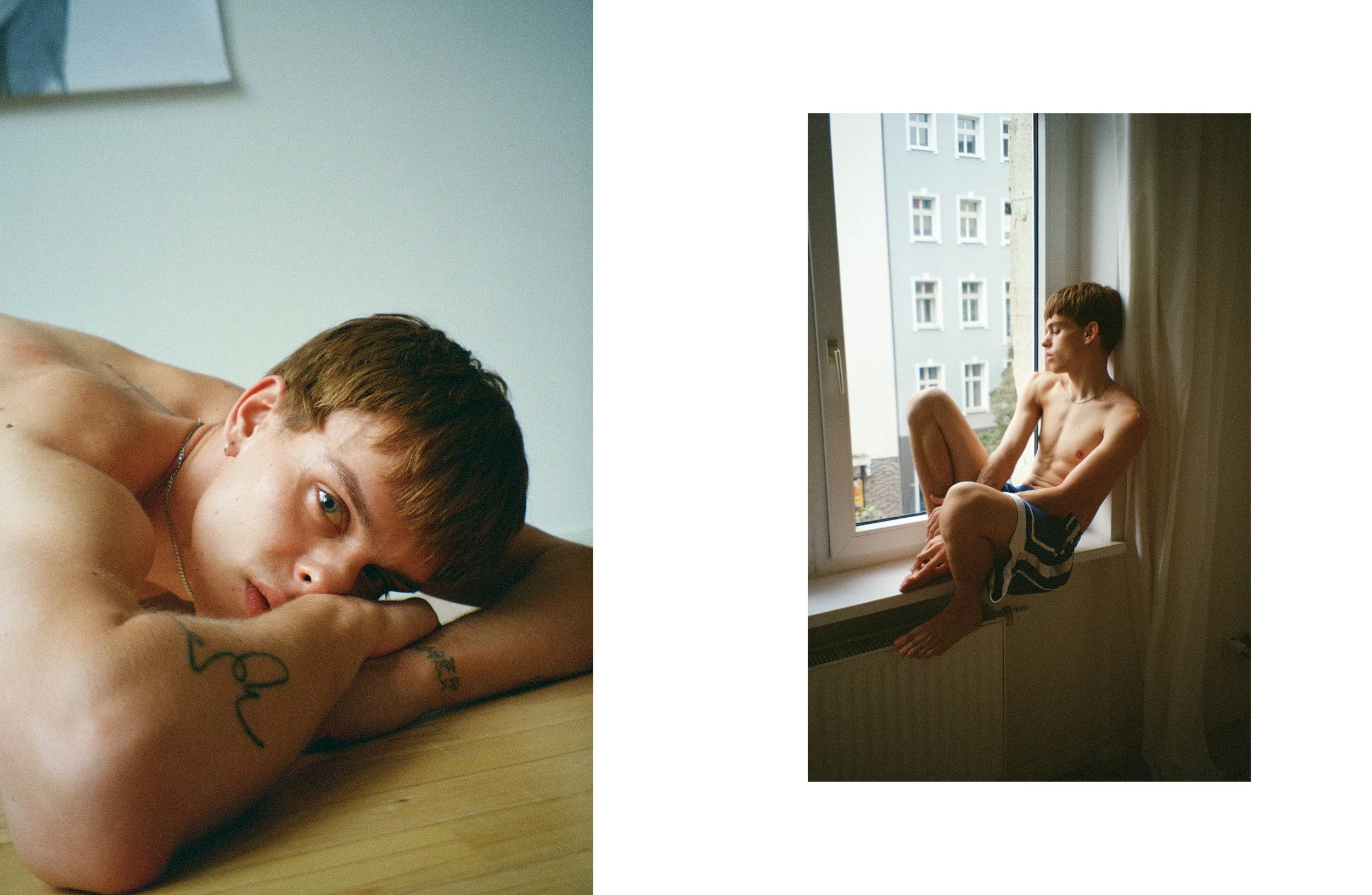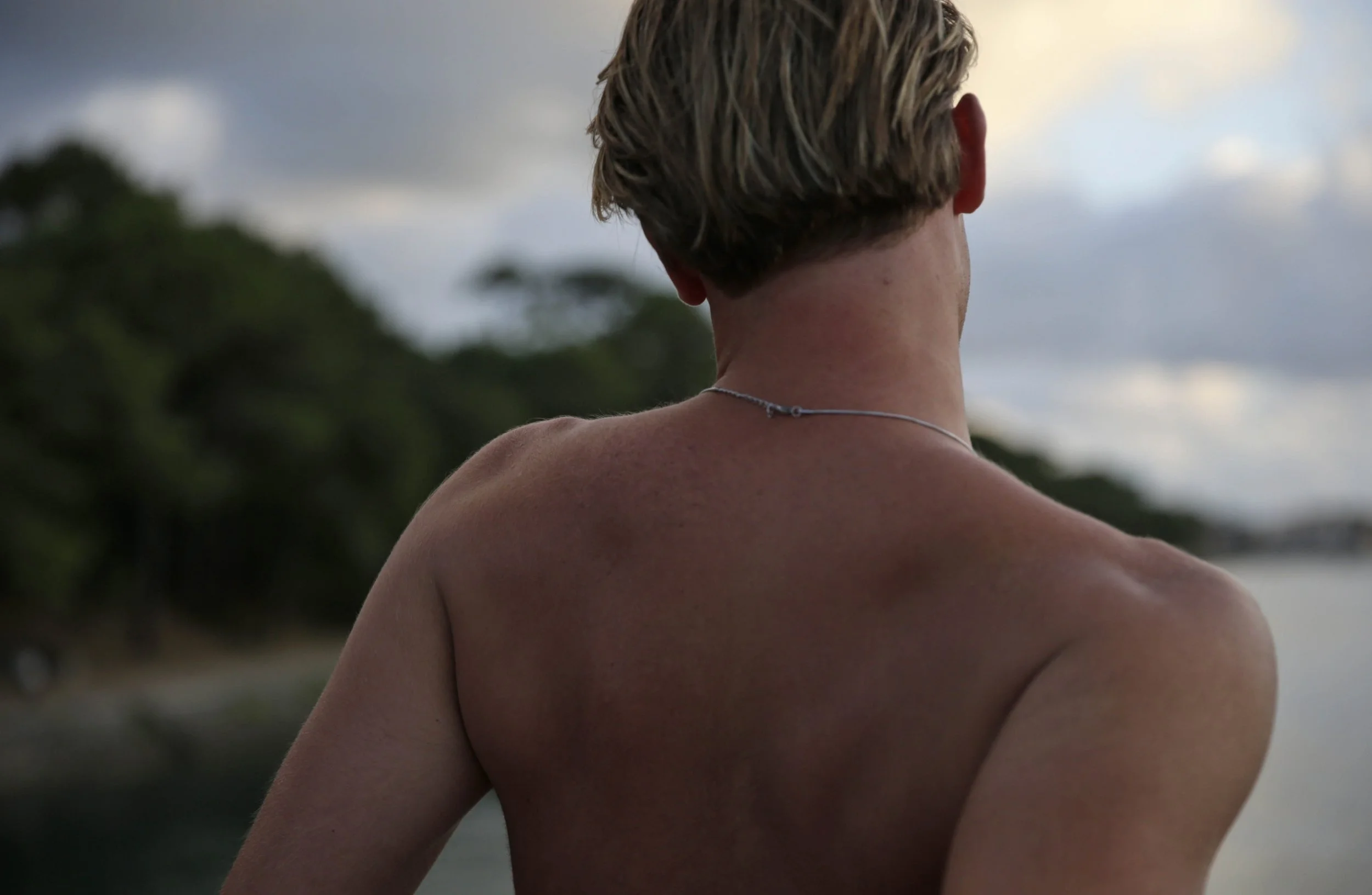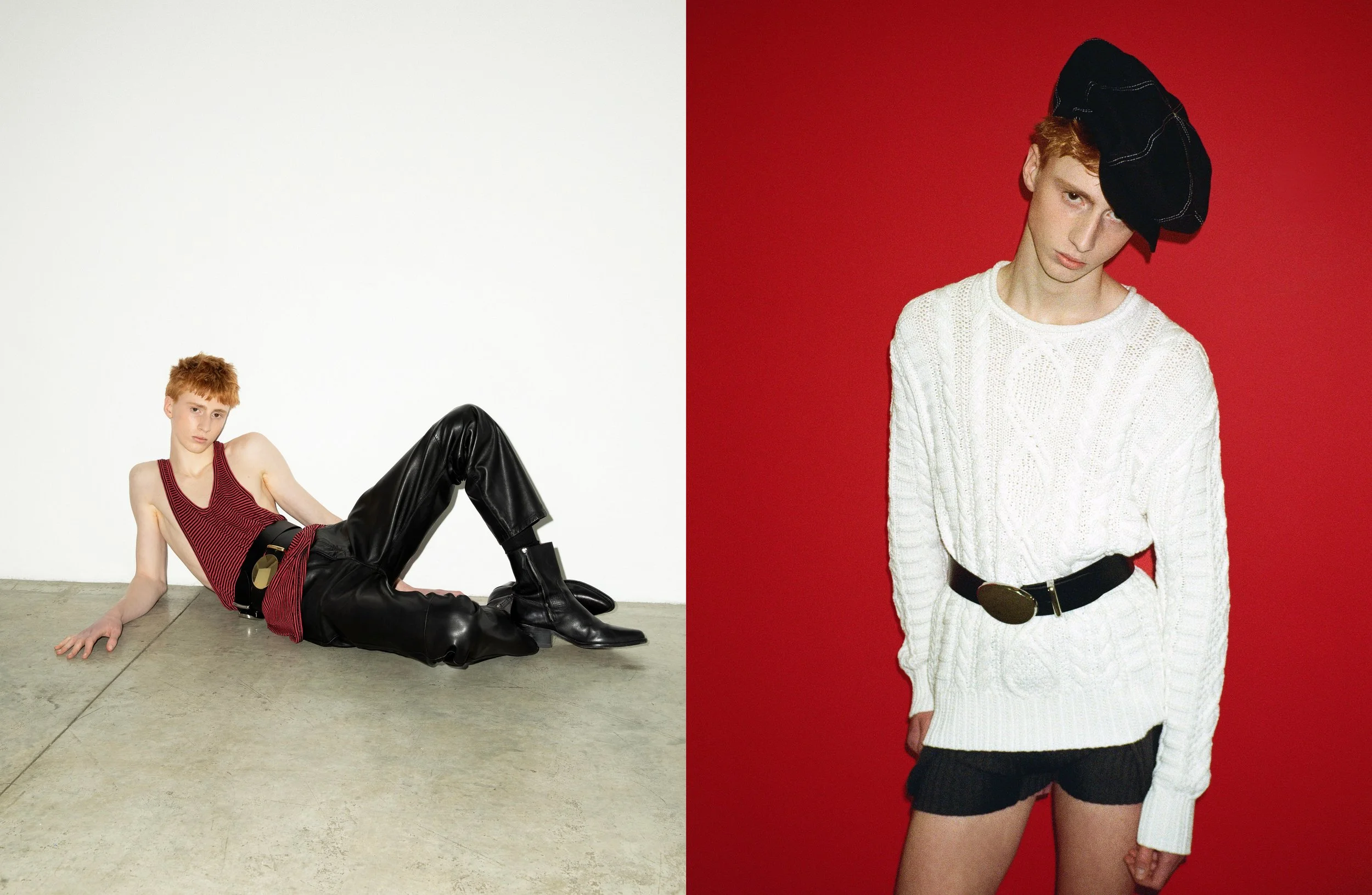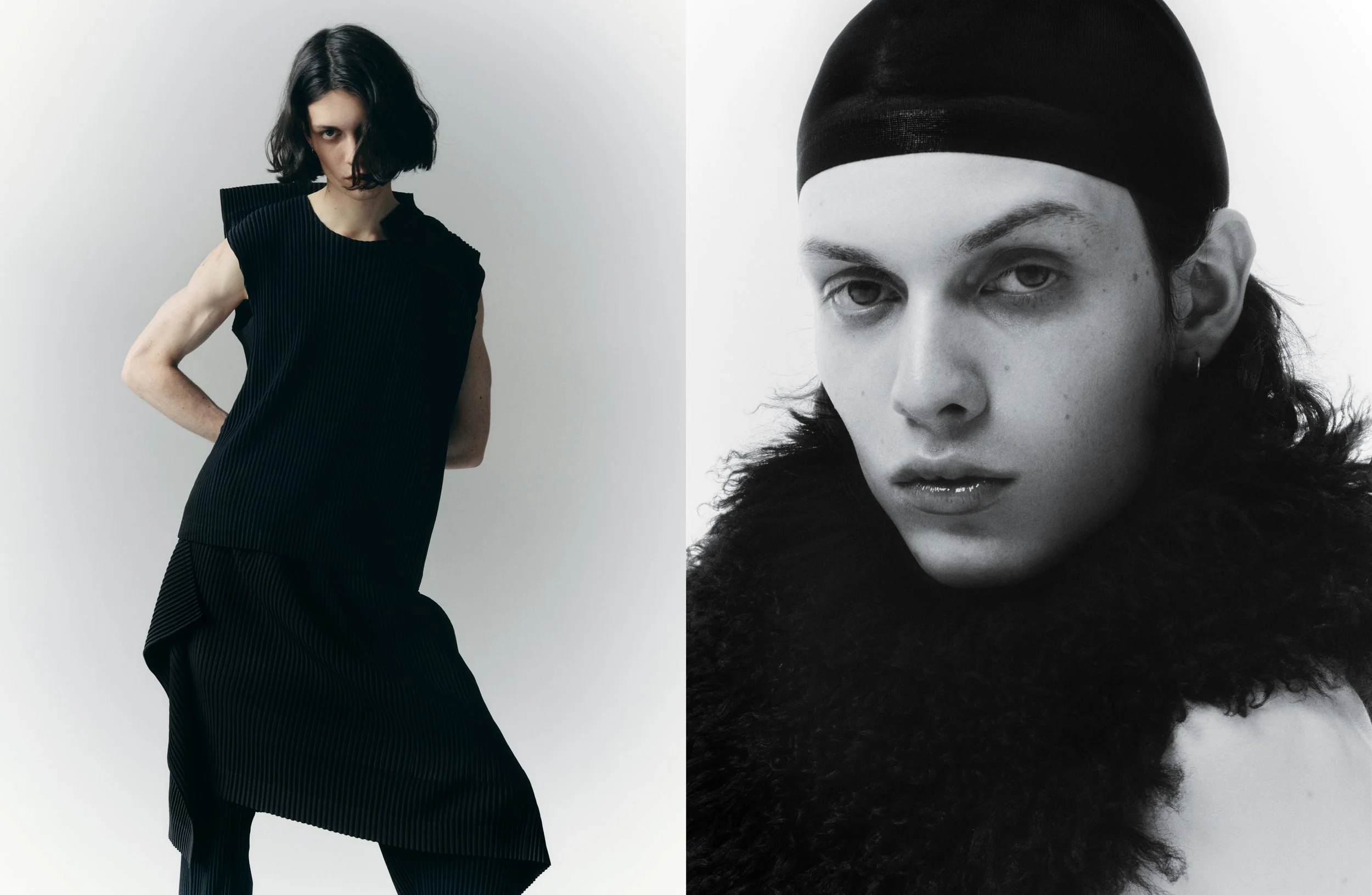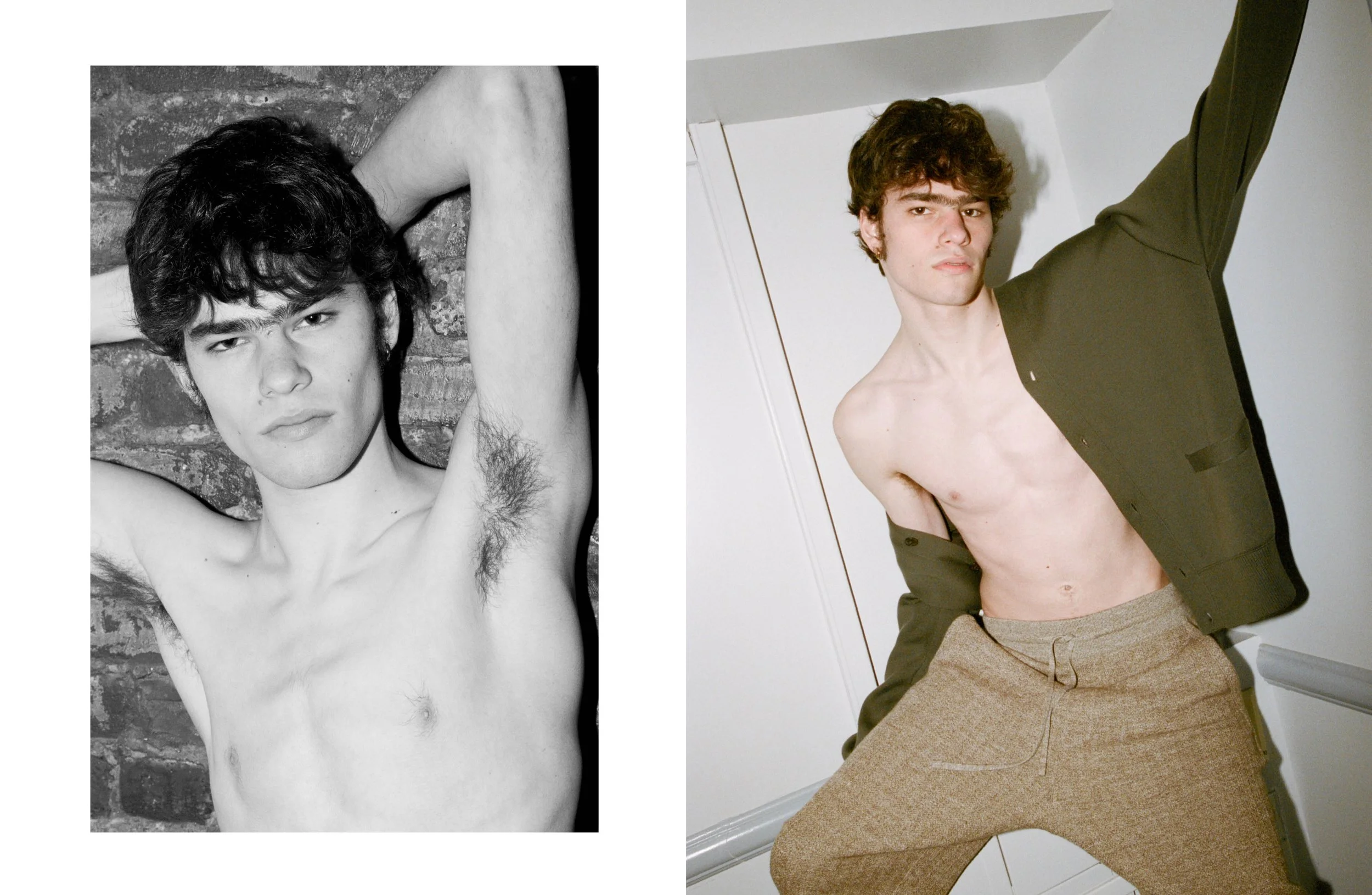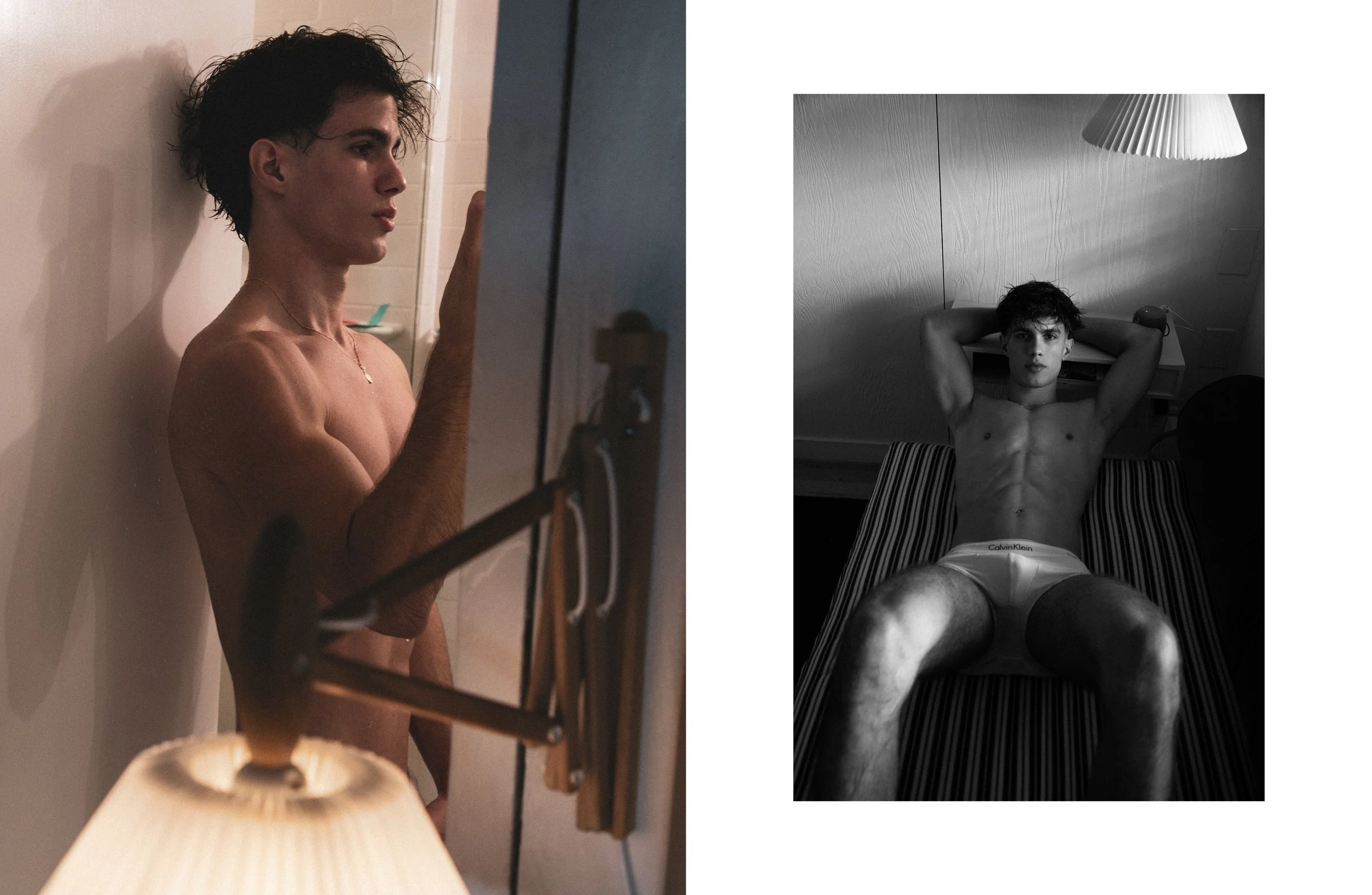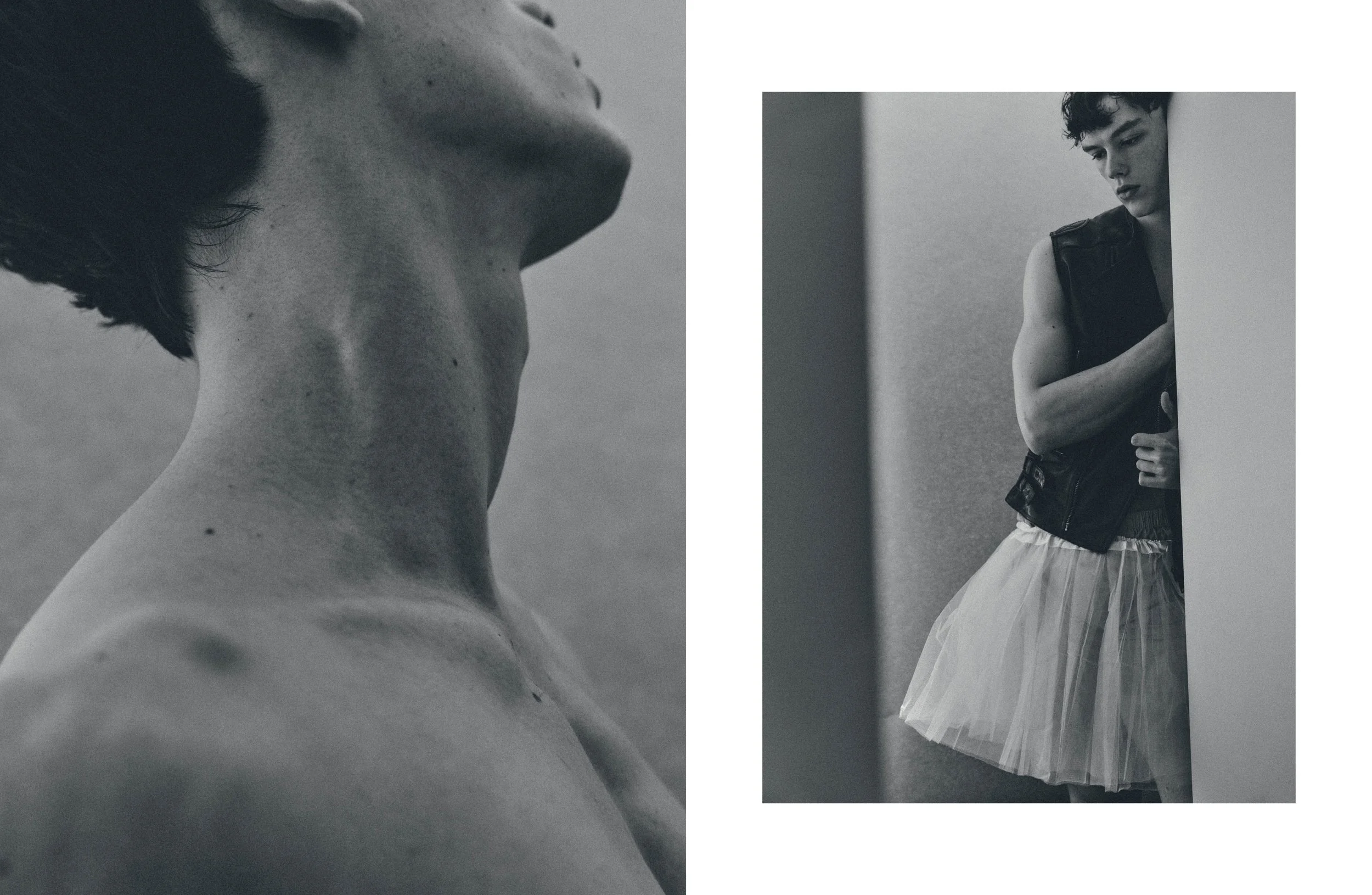Brussels-based photographer Pierre Debusschere may be known for his fashion work -and prestigious clients such as Raf Simons, Delvaux, Dior, Louis Vuitton or Italian Vogue- he nevertheless has a much wider repertoire. His latest exhibition, entitled ‘UNcovered’ and staged within the walls of the MAD building in the center of Brussels, is a powerful and intimate show mixing film and photography. ‘UNcovered’ explores key notions of identity, social roles and body representation, but it is not a didactic or divisive show. It invites us to reflect on immediacy instead, emphasizing the individuality of each subject. The Belgian worked 10 months on the exhibition, making it one of his most personal statements to date. We sat down with Debusschere to discuss his creative vision, his evolving relationship to the industry and why he loved being alone with his models.
Philippe Pourhashemi: With this exhibition, it feels that your work has become less ‘plastic’ and more direct than before. Do you see this change yourself?
Pierre Debusschere: I’m actually pleased you describe it this way, but it’s not really a change for me, more of an evolution. For this exhibition, I was interested in the idea of layers and masks. I also wanted to spend more time with the people I photographed.
PH: How long would an average sitting last?
PD: Around 2 hours each time. This was very different from shooting a fashion image where you are with a much larger team. I was on my own with the models every time and could really focus on them. I even did the make-up myself. That was quite pleasurable for me.
PH: The make-up is quite impressive. Was it easy to get people to take their clothes off?
PD: People knew they were going to be naked, but I didn’t shoot them like that straight away. They used their blankets first and the image happened gradually. There is one image in the show where you only see the blanket over the body for instance.
PH: How did you find your sitters?
PD: Some were people I spotted at parties, some were actual models I had worked with and wanted to have in the studio again. I was looking for diversity and different body types.
PH: It took you 10 months to put the exhibition together. Did you focus on this project only?
PD: No, I had to work at the same time, doing commercial and editorial commissions. Let’s say that there were quite a few sleepless nights, but I’m happy with the outcome.
PH: Did you photograph everyone in Brussels?
PD: Yes, I photographed all the sitters in my own studio in Forest. It was important for me that they lived here, too, and there is only one person in the show who is not from Brussels.
PH: How do you reconcile the commercial aspect of your work with more creative projects like this one? Is there a big divide between the two?
PD: Actually, I enjoy both aspects equally. Of course, it’s nice to work on an exhibition and have complete creative freedom, but I also like to collaborate with clients to understand what kind of imagery they’re looking for. In fact, I’m more comfortable with this aspect now than I was in the past.
PH: You listed the names of all the people who helped you with ‘UNcovered’. Why was that important for you?
PD: I really envisage this as a collective effort and this was my way to underline that.
PH: A lot of images within contemporary fashion photography seem interchangeable. How do you distinguish yourself?
PD: You could argue that everything has been done before, but I don’t believe that. It’s still possible to create engaging and innovative pictures, except that we all know there’s quite a bit of copying around. For me, there is a difference between using a reference to re-appropriate it within your work and simple copy paste. That is not the same process creatively.
PH: What did you want to communicate with ‘UNcovered’?
PD: My images are open doors. I like to raise questions within my work, but everyone is free to find their own interpretation.
...
/ Interview by Philippe Pourhashemi /
/ Images Courtesy of Pierre Debusschere /
...
UNcovered
July 12th - September 30th 2018
Wednesday to Sunday – 11 AM – 6 PM
Openings July 12th & September 7th 6PM-10PM
MAD, Place du nouveau marché aux grains, 10
1000 Brussels.
...
